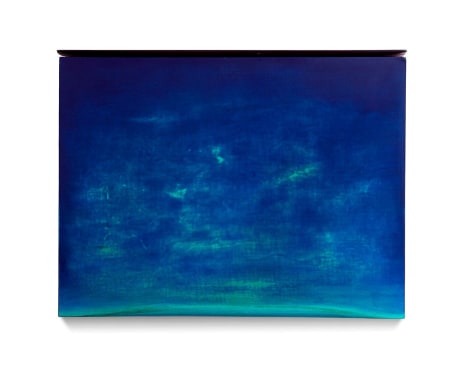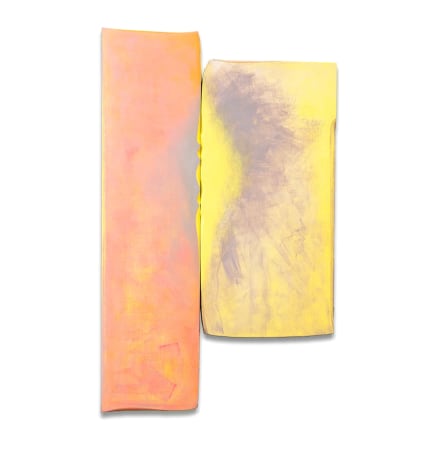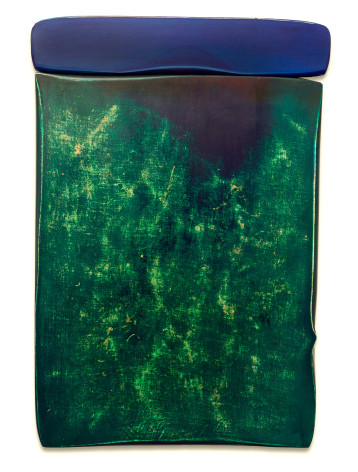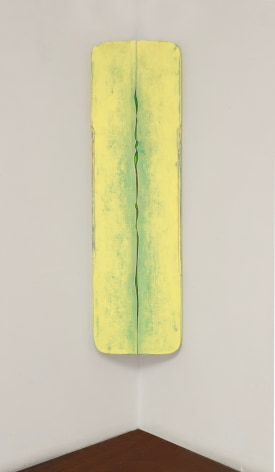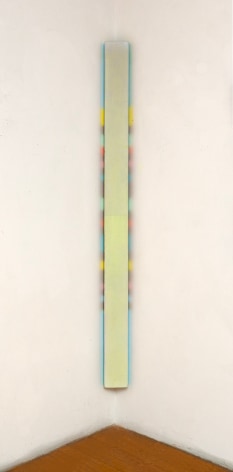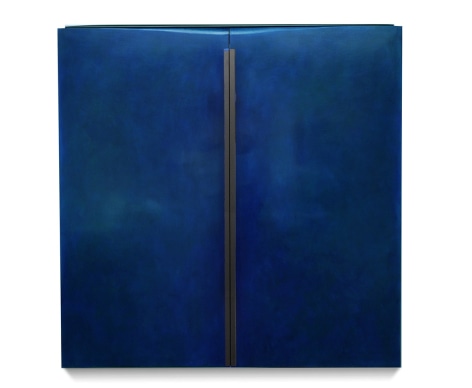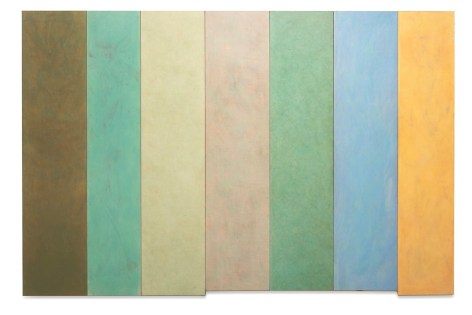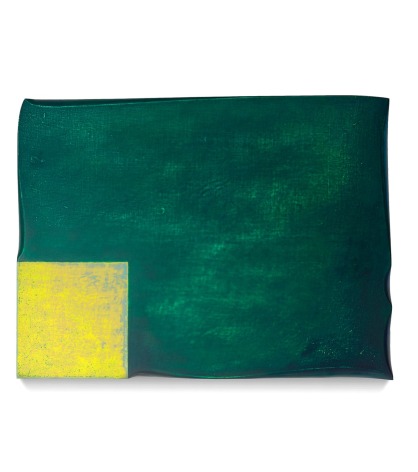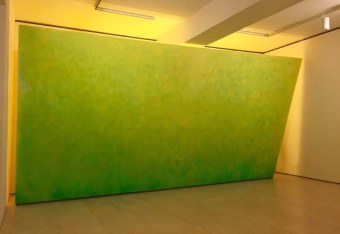Robert Yasuda is known for luminous multi-panel paintings on carved wood that transmit and transform light. Notable installations include large, site-specific paintings at MoMA PS1 in an exhibition organized by Alanna Heiss in 2016. The exhibition, titled Forty, was a collection of work by artists who were key participants in the 1970s alternative art spaces movement and the early years of P.S.1 Contemporary Art Center. During the 1970s, Yasuda’s work was showcased at the Museum of Contemporary Art, Chicago; the Clocktower Gallery, New York; and the Corcoran Gallery of Art, Washington, D.C. Early gallery exhibitions include solo shows at Galerie Bruno Bischofberger (Zurich and St. Moritz), 1968 and 1969, and in 1975, the first of five shows at Betty Parsons Gallery, New York.
Robert Yasuda was born in Lihue, Kauai, Hawaii in 1940. He spent his childhood in rural Hawaii before attending high school in Honolulu, where exposure to museums, concerts and television influenced his decision to become an artist. In 1958, he moved to New York City to study art at Pratt Institute, Brooklyn, completing a BFA and MFA and immersing himself in the work of New York School artists. He developed and refined his techniques during this formative phase, but the influence of his childhood in Hawaii is palpable throughout his oeuvre.
In 1962 Yasuda received a grant from the Whitney Foundation to travel and work in Europe which exposed him to the vast history of Western painting. Upon returning to New York he began creating multi-image abstract oil paintings. He came to prominence in the late 1970s and early 1980s with experimental works that resisted traditional definitions of painting. Inspired by travels in India, Japan and Southeast Asia, he veered away from the Western notion of painting functioning like a window onto the world. Instead, he was drawn to Eastern approaches to picture-making and framing including Japanese scroll paintings and Chinese paintings resting on ornately carved stands. Having spent time shaping and sanding wood surfboards in his youth, he naturally gravitated toward working with wood and began experimenting with sheer fabric and acrylic paint on thick wooden boards, exploring themes of perception and light.
Over time, his work has evolved beyond formal minimalism toward more subjective and sensual work that seeks to visually convey moments of perception and insight, along with allusions to nature and his heritage, including impressions of Hawaii and his childhood encounters with Buddhism
Yasuda has been recognized with awards from the National Endowment for the Arts, and two purchase awards from the American Academy of Arts and Letters. His works are in the permanent collections of the Brooklyn Museum, New York; the Library of Congress, Washington, D.C.; The New York Public Library; the Wadsworth Atheneum Museum of Art, Hartford, Connecticut; The Bass Museum of Art, Miami; Carnegie Institute, Pittsburgh; the Virginia Museum of Fine Arts, Richmond; and The McNay Art Museum, San Antonio, Texas, among others.
Yasuda works and lives in New York City and Sugarloaf Key, Florida.


